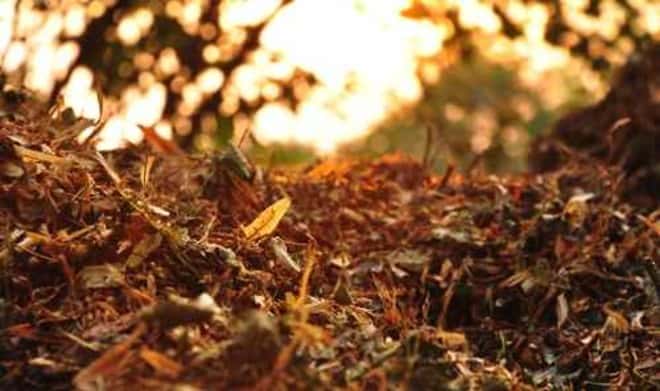The average person urinates about 500 liters and defecates 72.5 kilograms of excreta annually. Rounding the world population off to an even seven billion, that means that human beings produce approximately 3,500 billion liters of urine and 507.5 billion kilograms of feces every year. Impressive.
Many people can easily dispose of their wastes with the simple flush of a toilet. The World Health Organization estimates, however, that one billion people worldwide don’t have access to sanitation infrastructure, and instead practice open defecation in pits and drains. This gives human fecal matter and urine direct access to ground water, where they often contaminate drinking wells.
But what if people could keep organic waste out of the water and harness it to produce energy for farming, instead? A group of waste management and soil scientists from around the world met late last summer at the Hamburg University of Technology to discuss the possibility of developing safe and sustainable ways to use human excreta to fertilize farms and gardens, particularly in areas that lack other sewage infrastructure.
They talked primarily about a technology known as Urine Diverting Dry Toilets, or UDDT’s. The look and operation of these waterless toilets are designed specifically to target rural areas of the world where large numbers of people are living without sewage systems.
UDDT’s separate urine and feces into two distinct, airtight tanks. In the fecal tank, users mix feces with lactic acid bacteria to reduce foul odors and keep conditions as sanitary as possible. When this container is full, they take the feces out of the tank and compost it with worms and wood chips, to keep it dry. After three months, the compost is used to fertilize soils. While this may seem unsanitary, it is a long-term program: the land is not used to grow any food crops for a minimum of ten years after the fecal fertilizer is applied, to ensure the health and safety of the consumers.
When diluted, urine can also benefit soil fertility. On average, one person produces approximately 3.6 kilograms of nitrogen and 0.5 kilograms of phosphorus in their urine. Since urine is sterile, it does not need to go through the rigorous sanitation that fecal matter does. In many cases, diluted urine can be used directly in a farm or garden.
The UDDT system is based largely on areas in the Amazon Basin known as “terra preta,” or dark lands, where scientists and anthropologists believe Native Americans nourished soils with a mixture of feces and charcoal. These spots were fertilized centuries ago, but they still remain unusually high in nutritional content.
At the Hamburg conference, scientists were eager to discuss how UDDT’s could bring about similarly successful results today. In Nepal, for example, 3,000 families use these toilets to make their own urine-based compost instead of using expensive chemical fertilizers. These households’ crops are considered organic, and sell for higher prices at local markets. In the Eastern European country of Moldova, where only five percent of citizens in rural areas have access to working sewer systems, the introduction of UDDT’s has been very effective at protecting their water table.
The Rich Earth Institute in Vermont also recently started its own urine-composting program. They are promoting the use of UDDT’s to replace standard flush toilets, claiming that this technology has the potential to save over 15,000 liters of flushed water per person, per year.
Sign up for Food Tank’s FREE Weekly Newsletter. More than 110,000 Subscribers And Counting. Click HERE to join.










